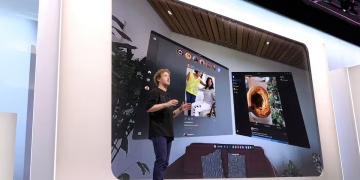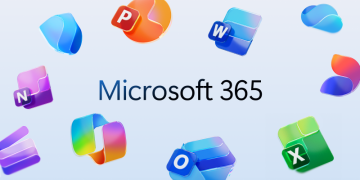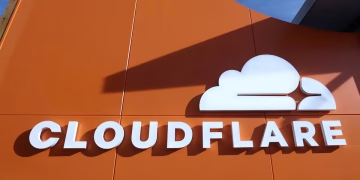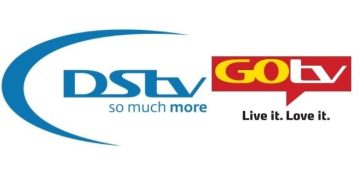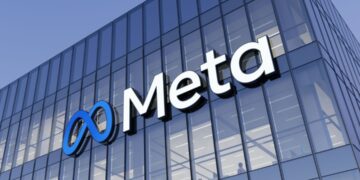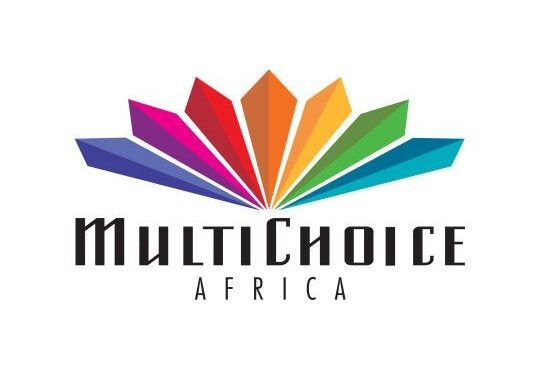MultiChoice Group has announced it will cut the prices of its DStv decoders by up to 40% across several African markets starting November 1, 2025. The decision marks one of the company’s boldest attempts yet to reverse years of subscriber losses amid economic challenges and fierce competition from streaming platforms.
A Drastic Move After Years of Decline
Over the past two years, MultiChoice has lost nearly 2.8 million active subscribers across the continent, a figure that underscores the mounting pressures on traditional pay-TV services. According to company data, about half of those losses came from South Africa, the company’s largest and most lucrative market, while the remainder came from its “Rest of Africa” segment, which includes Nigeria, Kenya, and Ghana.
In 2025 alone, DStv shed 1.2 million South African subscribers, representing an 8% drop from the previous year. The trend reflects the changing habits of African viewers, many of whom are migrating to cheaper or more flexible online streaming alternatives.
Understanding the New Decoder Pricing
The new pricing structure, to be implemented from November 1, 2025, will apply differently across markets but will generally lower decoder costs by 30–40%, depending on the model and region.
For example:
- In Kenya, the DStv HD Zapper + Dish Kit will drop from KES 3,199 to KES 1,919, while the high-end DStv Explora decoder will now retail for KES 13,500, down from KES 22,500.
- In Nigeria, MultiChoice confirmed earlier in June 2025 that it cut its decoder price by 50%, reducing the retail price from ₦20,000 to ₦10,000. This promotion, called the “We Got You” campaign, was verified by Nairametrics and Vanguard Nigeria, marking a genuine price reduction rather than a temporary marketing discount.
- In South Africa, a moderate cut is expected, with promotional bundle deals anticipated during the festive season rather than a uniform price drop.
The company says the reductions are designed to make entry into the DStv ecosystem more affordable, particularly for lower-income households that have been priced out in recent years.
Why MultiChoice Is Cutting Prices Now
The decision to lower decoder prices is a strategic response to a changing entertainment market and the company’s declining financial performance.
MultiChoice’s 2025 financials showed a swing to a full-year loss, largely attributed to declining subscriptions, inflationary pressures, and a volatile currency environment. Its core South African business, traditionally the group’s profit engine, has been struggling with increased subscriber churn and lower average revenue per user (ARPU).
At the same time, the pay-TV giant faces stiff competition from over 560 streaming platforms now available across Africa, including Netflix, Showmax, Amazon Prime Video, and regional players like Wi-Flix and IrokoTV. Consumers increasingly prefer on-demand viewing options accessible via smartphones and cheaper internet data bundles.
By lowering the upfront cost of decoders, MultiChoice aims to remove a major entry barrier for new customers and re-engage former subscribers who abandoned satellite TV due to affordability issues. The move is also intended to strengthen brand loyalty as the company transitions to a hybrid content strategy that integrates both traditional broadcasting and streaming.
The Canal+ Influence
Industry analysts suggest that the decoder price cuts are among the first strategic decisions influenced by Canal+, the French media giant that completed its takeover of MultiChoice earlier in 2025.
Under the new ownership, Canal+ is expected to push for greater affordability, localised content, and digital integration across MultiChoice’s African operations. The decoder discount initiative aligns with Canal+’s historical approach in francophone Africa, where aggressive pricing and bundled offers have helped sustain market share.
A Shifting Pay-TV Landscape
MultiChoice’s latest move underscores a deeper transformation in the pay-TV business model. As streaming continues to erode traditional satellite viewership, legacy operators are forced to rethink their cost structures and product offerings.
For many African consumers, especially those in regions with unstable internet or limited broadband access, satellite TV remains the most reliable option. By making DStv hardware cheaper, MultiChoice is betting that affordability will still matter and that millions of households could return if price barriers fall.
However, the company’s challenges remain formidable. While hardware price cuts can attract new users, subscription affordability and content value will ultimately determine whether DStv can stem the tide of cancellations.
Analysts’ View: A Necessary but Risky Gamble
Analysts describe the price cut as both necessary and risky. On one hand, the strategy could help MultiChoice rebuild its subscriber base, particularly in rural and semi-urban areas. On the other hand, the move could compress margins further if hardware sales do not translate into long-term subscription renewals.
“Lowering decoder prices is the right first step, but MultiChoice will need to follow through with better value packages and improved customer service,” said a Lagos-based media analyst. “Otherwise, people will buy the decoder and still not renew subscriptions after a month or two.
















